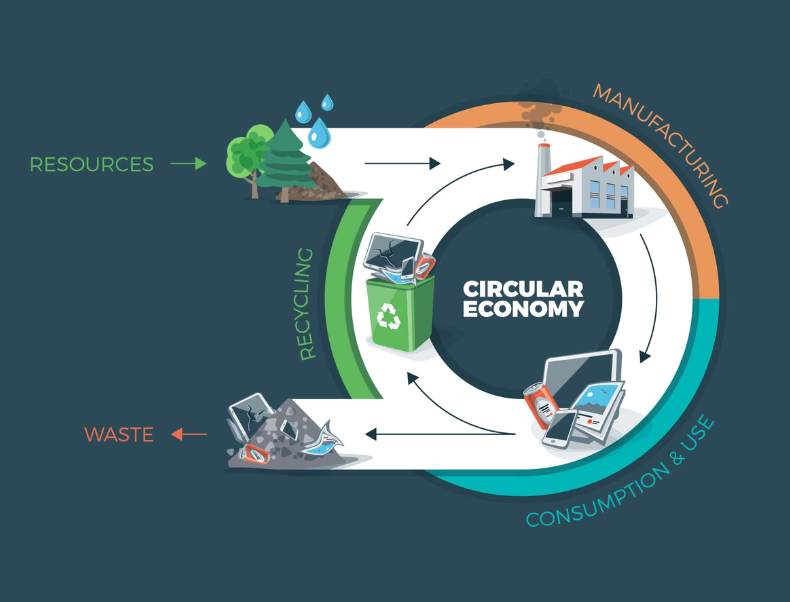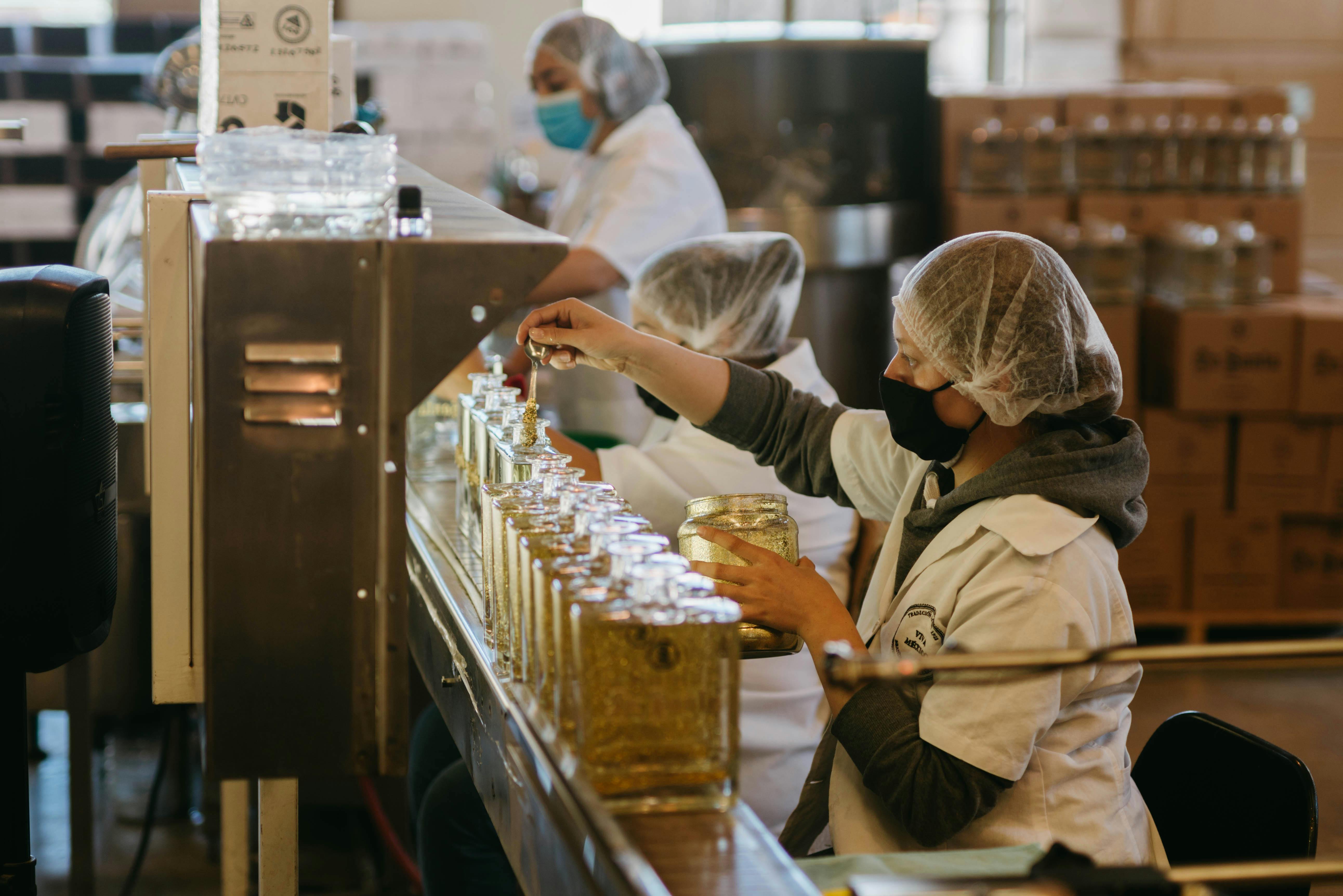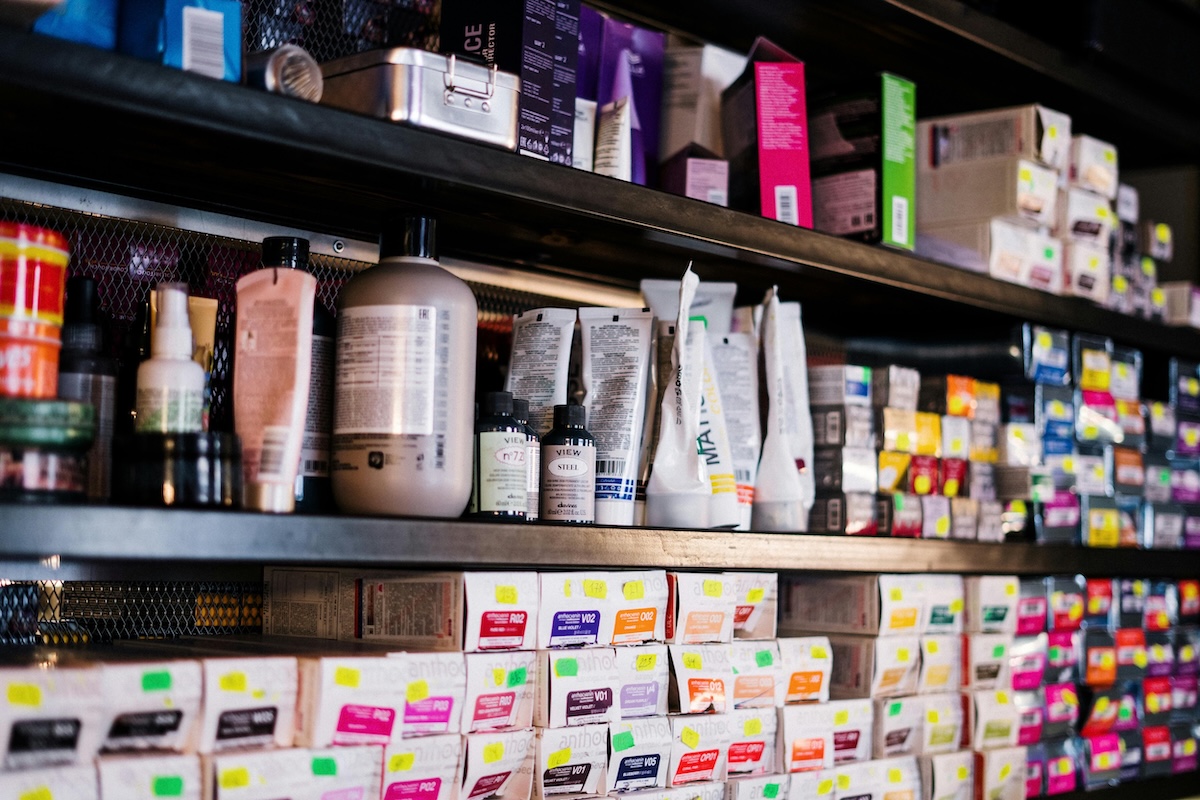How to Implement Circular Economy Principles in the CPG Industry

Businesses are often criticized for their use of plastic packaging and single-use products in the consumer packaged goods (CPG) industry. However, this means there is an opportunity for a transformation towards a more sustainable model. Implementing circular economy principles in this industry can reduce environmental impact, conserve resources, and promote a more sustainable future.
Understanding Circular Economy
A circular economy is an economic system aimed at eliminating waste through the continual use of resources. It contrasts with a traditional linear economy, which follows a ‘take-make-dispose’ model. In a circular economy, products are designed for durability, reuse, and recyclability, minimizing resource input and waste output.
Key Principles of Circular Economy
- Design to Eliminate Waste and Pollution: Products should be designed to minimize waste and pollution throughout their lifecycle.
- Keep Products and Materials in Use: Encourage reuse, repair, refurbishing, and recycling.
- Regenerate Natural Systems: Support processes that renew and restore natural ecosystems.
Steps to Implement Circular Economy Principles in the CPG Industry
1. Sustainable Product Design
Eco-Friendly Ingredients: Formulate products using ingredients that have minimal environmental impact. Choose natural and sustainably sourced materials such as post-consumer recycled content, biodegradable materials, and non-toxic ingredients.
Packaging Innovation: Develop packaging that is recyclable, refillable, or made from biodegradable materials. Consider packaging that reduces the total size and weight of the product to increase transportation efficiency and reduce costs. Use minimal packaging without compromising product integrity.
2. Product Longevity and Reusability
Durable Products: Design products that have a longer lifespan. The more uses a customer gets out of a product, the lower the cost (financially and environmentally) per use for the customers. For example, replace single-use items like cotton pads with reusable alternatives such as washable cloth pads.
Refillable Systems: Introduce refillable packaging systems. Consumers can purchase a product once and refill it using eco-friendly refill packs like soap liquid or tablet concentrates. This allows a company to reduce packaging and transportation costs while providing the customer with a high quality product.
3. Waste Reduction
Recycling Programs: Establish take-back and recycling programs for used product packaging. Partner with recycling organizations to ensure proper disposal and recycling. Additionally, consider the types of materials and items that can be recycled by the majority of your customer base.
Compostable Products: Products can also be designed to be compostable. It’s important to consider whether compost programs are available to your customers and what the material restrictions are. Composting is a great waste diversion strategy.
4. Supply Chain Transparency
Ethical Sourcing: Ensure that all raw materials are sourced ethically and sustainably. Consider who, how, and what is being impacted when using materials. Transparency in sourcing helps build trust and promotes environmental stewardship.
Local Sourcing: Whenever possible, source materials locally to reduce carbon footprint and support local economies. This can reduce transportation costs and help build positive relationships with local communities and suppliers that, similar to ethical sourcing, builds trust.
5. Consumer Education
Awareness Campaigns: Educate consumers on the benefits of a circular economy and how they can contribute. Highlight the importance of recycling, reusing, and choosing sustainable products.
Clear Labeling: Provide clear information on product labels about recyclability, compostability, and proper disposal methods. Local infrastructure for disposal can vary drastically so it’s important to educate consumers on the caveats that they may encounter to ensure the proper disposal of the product.
6. Collaboration and Innovation
Industry Collaboration: Collaborate with other companies in the industry to share best practices and innovate collectively towards circular economy goals. Being a leader in the industry increases loyalty and credibility which can benefit your business in a number of ways.
Research and Development: Invest in R&D to explore new materials, packaging solutions, and product designs that align with circular economy principles. Efficient product designs and processes throughout a product’s lifecycle can cut costs and reduce dependency on natural resources.
Key Takeaways
The shift towards a circular economy in the CPG industry is essential for sustainable development. By embracing sustainable product design, promoting reusability, reducing waste, ensuring supply chain transparency, educating consumers, and fostering collaboration and innovation, the CPG industry can significantly mitigate its environmental impact. Implementing these principles not only benefits the planet but also enhances brand reputation and meets the growing consumer demand for sustainable products.
At CarbonBright, we specialize in developing innovative solutions that enable organizations to conduct Life Cycle Assessments (LCAs), quantify their emissions, and meet stringent regulatory requirements. By partnering with CarbonBright, organizations can achieve a more efficient and cost-effective solution compared to traditional methods. Our scientifically-based approach, aligned with industry standards, ensures accurate and credible results that support your journey towards sustainability and compliance with emerging climate action standards. Contact us to learn more about how we can help you accelerate your sustainability journey and meet the complex requirements of Life Cycle Assessments (LCAs).



